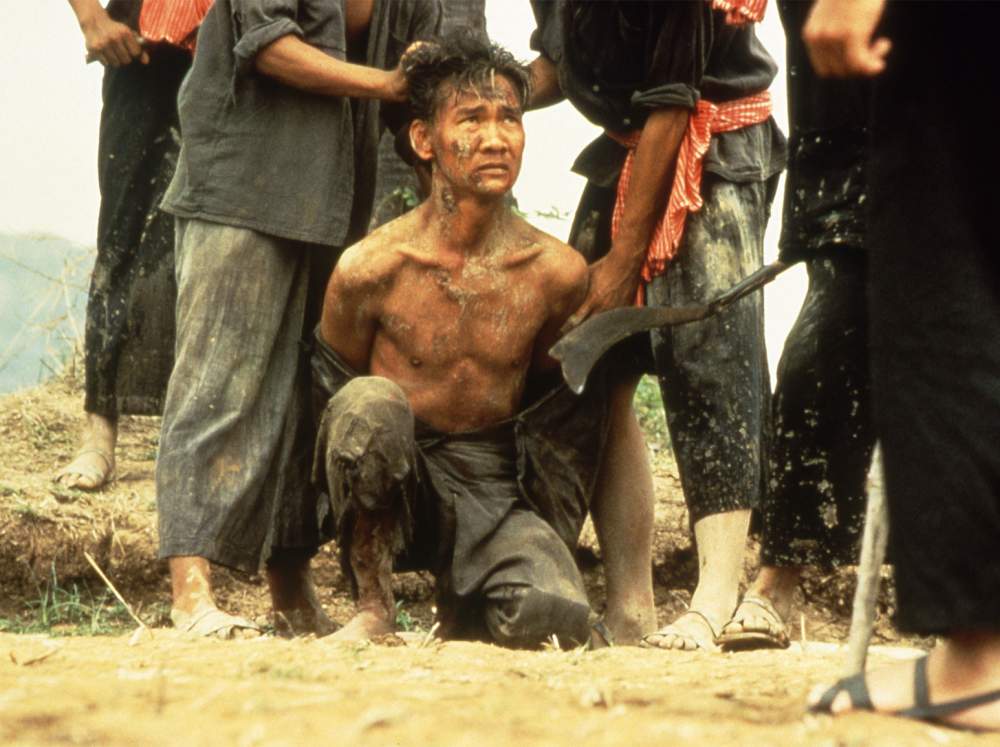 The killing fields document death. From 1975 to 1979, Pol Pot and his Khmer Rouge soldiers killed 1.7 million Cambodians, or 21 percent of the population, according to Yale University's Cambodia Genocide Program.
The killing fields document death. From 1975 to 1979, Pol Pot and his Khmer Rouge soldiers killed 1.7 million Cambodians, or 21 percent of the population, according to Yale University's Cambodia Genocide Program. The sight of 8,000 human skulls in a glass shrine stuns visitors into silence. Outside, where cattle usually graze, human bones sometimes come unearthed after heavy rains.
In Cambodia, nine miles (14.5 kilometers) from Phnom Penh, the "killing fields" of Choeung Ek have become a tourist attraction, horrifying and fascinating. Choeung Ek is one of thousands of other such sites around the country where the Khmer Rouge practiced genocide during the late 1970s.
"There are two things you must see in Cambodia," says Scott Harrison, a traveler from Australia. "Obviously one is Angkor Wat. But the other is the killing fields outside Phnom Penh."
In the chronicle of 20th century horrors, Cambodia ranks high. For much of the last three decades, Cambodia has suffered through war, political upheaval and massive genocide.
Recently Cambodia has begun to revive. Its dark past is part of the reason: Tourist curiosity about Cambodia's genocide has become big business.
"Tourism has increased by 40 percent every year since 1998," says Chhieng Pich, economic counselor at the Cambodian embassy in Washington, D.C. "Nearly all tourists that visit Cambodia will go see Angkor Wat. Over 30 percent will visit the killing fields, too."
Few sights in one country can differ more markedly. Angkor Wat, the early 12th-century temple rediscovered in the 19th century (and designated a World Heritage Site in 1992 by UNESCO), reflects a profound spirituality.
1.7 Million Cambodians Dead
 A soccer-field-sized area surrounded by farmland, the killing fields contain mass graves, slightly sunken, for perhaps 20,000 Cambodians, many of whom were tortured before being killed. The bordering trees held nooses for hangings.
A soccer-field-sized area surrounded by farmland, the killing fields contain mass graves, slightly sunken, for perhaps 20,000 Cambodians, many of whom were tortured before being killed. The bordering trees held nooses for hangings. A memorial building stands in the center of the killing fields. Many of the skulls inside were pulled from the mass graves. Hundreds of Cambodians now make a living by guiding visitors through the killing fields and other genocide-related sites. Many guides tell harrowing personal stories of how they survived the Khmer Rouge, often by becoming refugees in Thailand.
A memorial building stands in the center of the killing fields. Many of the skulls inside were pulled from the mass graves. Hundreds of Cambodians now make a living by guiding visitors through the killing fields and other genocide-related sites. Many guides tell harrowing personal stories of how they survived the Khmer Rouge, often by becoming refugees in Thailand.Guides explain that bullets were too precious to use for executions. Axes, knives and bamboo sticks were far more common. As for children, their murderers simply battered them against trees.

No comments:
Post a Comment